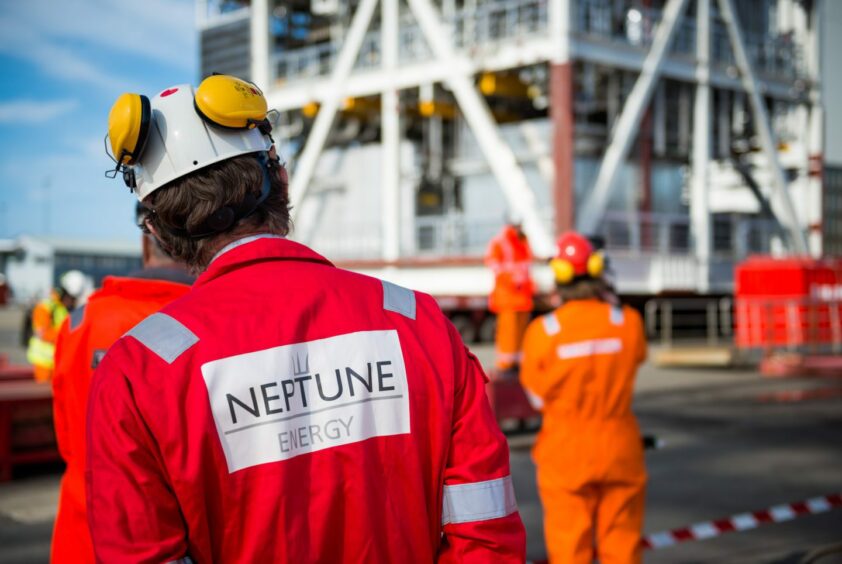
With a major focus on net zero goals and navigating the global pandemic, the value of resiliency is abundantly clear.
Individuals, organisations and entire industries are adapting to new ways of working.
Being able to adapt has never been so important, and this is particularly apparent when you look at the evolving relationship between operators, vendors and supply chain partners.
In many cases, the traditional, transactional approach has been transformed into a more collaborative interaction, one where a company acknowledges that is does not possess all of the knowledge and expertise necessary to deliver a project. Without having worked on both sides of a contract, it is questionable whether we really understand all of the risks and opportunities associated with various contracting mechanisms.
If de-risking a project is the ultimate goal, how can we enfranchise a service provider, bound by the financial limits of a contract, to prioritise decisions that benefit the project over those that benefit their own financial position?
There is no single answer, but one option could be to look to a more collaborative framework – where both parties share the risk and reward. By unifying the parties behind a common purpose, we start to see which party is best suited to manage financial risk, and which is best placed to manage the execution risk.
This allows each part of the supply chain to exercise freedom of action and focus on the task at hand; uncoupled from the burden of risk that they may not be best placed to manage. Not only can this improve HSE performance, but it can also enable a more profitable outcome, encourage greater innovation and allow for new technologies to be developed.
All models and circumstances are different. What is fit-for-purpose in one case may not be appropriate in another. But with a suitable division of risk, combined with a decentralised approach to project management and execution, each service provider can be empowered to focus on their core strengths. The results speak for themselves.
Recommended for you
